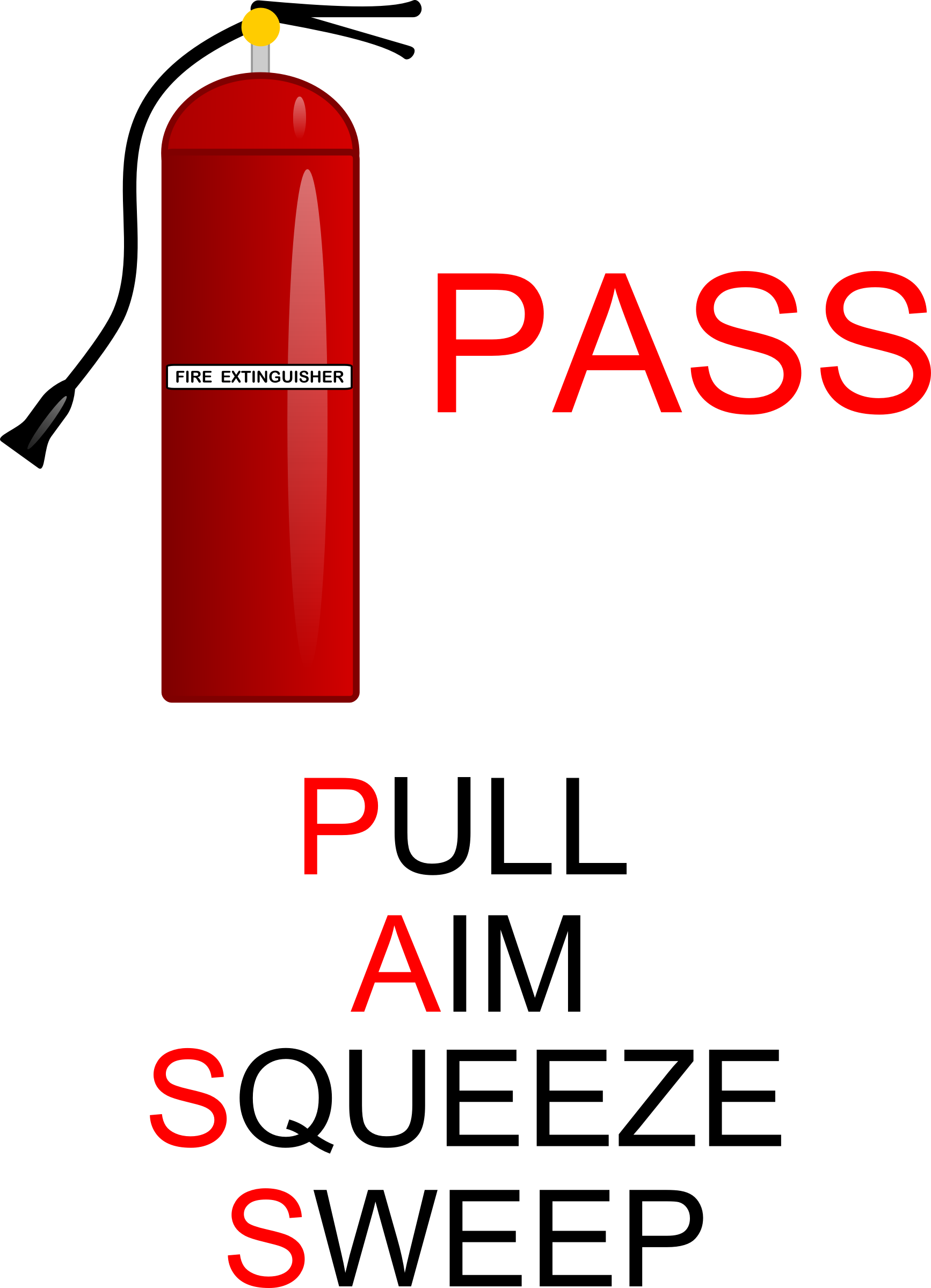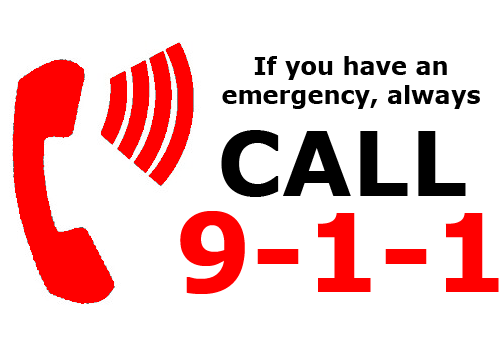Basic Firefighting Tips
Before deciding to fight a fire, be certain that:
-
The fire is small and not spreading. A fire can double in size within minutes.
-
You have the proper fire extinguisher for what is burning.
-
The fire won’t block your exit if you can’t control it. Keep your back to the exit.
-
You know your fire extinguisher works.
-
There’s no time to read instructions when fire occurs.
How To Fight a Fire Safely
-
Use a sweeping motion with a fire extinguisher, aiming at the base of the fire.
-
Stand several feet away from the fire, moving closer once the fire starts to diminish.
-
If possible, have someone ready to back you up or call for help if something goes wrong.
-
Be sure to watch the area for a while to ensure it does not reignite.

NEVER FIGHT A FIRE IF…………
The fire is spreading rapidly.
Only use a fire extinguisher when the fire is in early stages. If the fire is already spreading quickly, evacuate and call 9-1-1.
You don’t know what is burning.
Unless you know what is burning, you won’t know what type fire extinguisher to use. Even if you have an ABC extinguisher, there could be something that will explode or produce highly toxic smoke.
You don’t have the proper fire extinguisher.
The wrong type of extinguisher can be dangerous and life threatening.
There is too much smoke or you are at risk of inhaling smoke.
70% of fire related deaths occur from breathing poisonous gases produced by the fire.
